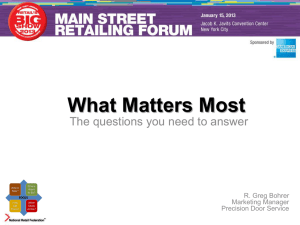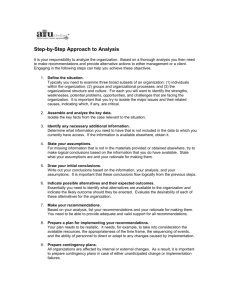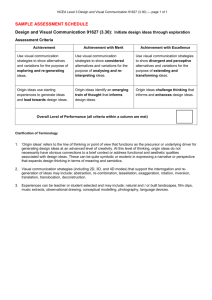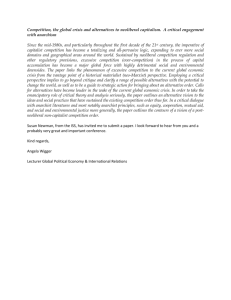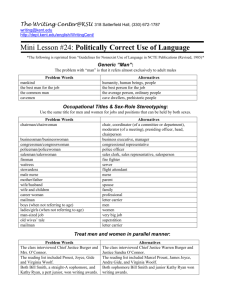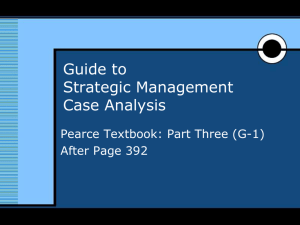communications: group problem solving
advertisement
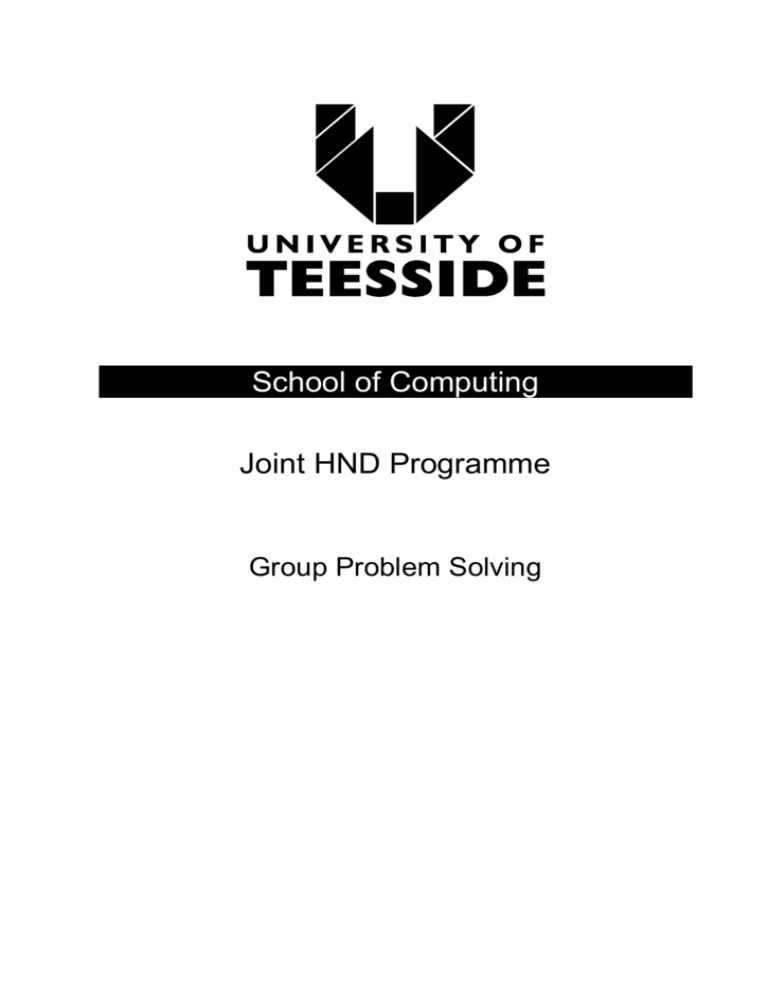
School of Computing Joint HND Programme Group Problem Solving GROUP PROBLEM SOLVING While you are a student here, many different kinds of problems will be handed over to you for solving within a group. Certainly groups are used to solve most problems within industry. If you assume that a group of individuals with the necessary expertise will always come up with an effective solution, you are sadly mistaken. Not only do problem-solving groups need to have or develop expertise about the particular problem they are facing but, they also need to use systematic procedures in order to ensure that all aspects of the problem have been addressed and nothing has been forgotten or fallen through the net. Groups that do not attend to the PROCESS of problem solving often come up with poor solutions and, in many cases, do not even arrive at a solution. If you ask most people what they do when they have a problem to solve, they will usually say they: Get the facts weigh the alternatives and then make a decision. That's not a bad procedure, but extensive research has shown that groups in particular are generally more haphazard than that. We've probably all been in a situation where we appear to be going round in circles and getting nowhere. In groups this can be even worse, and it has been found that groups in actual discussion, change theme every 58 seconds. Usually without completing the topic they were discussing. What can you cover properly in 58 seconds? In a typical group problem solving discussion: Someone usually outlines the problem, Someone else suggests what to do to solve it, The group briefly discusses the idea Then it is dropped and something else is discussed. grpprob Eventually, the group may return to the idea but normally, when time is running out, a decision is quickly made. Naturally enough, this haphazard method does not usually result in an adequate solution. Some type of SYSTEMATIC PROCEDURE is vital for a group to solve problems effectively. Remember - Problem solving and decision making are not the same thing. Decision making refers to the act of choosing between two or more alternatives. It focuses on evaluating alternatives that already exist. Problem solving is a more comprehensive, multistage procedure. It requires a group to make a multitude of decisions and it involves CREATING alternatives as well as deciding between them. Thus, decision making is simply one aspect of problem solving. Hence, We need to understand the concept PROBLEM in order to devise effective procedures. All problems consist of the following three components: An undesirable present situation. Goal Obstacles Problem solving is the procedure undertaken to arrive at the solution, which represents the plan by which the obstacles are overcome so that the intended goal can be reached. grpprob PROCEDURAL MODEL: STEP ONE: What is the nature of the problem? Focus on the problem before thinking how to solve it. Share what you all know about the situation: facts, conditions, circumstances, factors, details, happenings etc. What have you heard, seen, read that bears any relation to the problem. Set aside preconceived solutions Make sure you agree on the criteria by which options are judged. Give priority to the criteria which MUST BE MET. STEP TWO: What might be done to solve the problem? The ultimate solution will only be as good as the alternatives from which you have chosen. It is crucial that members generate a variety of ideas/solutions. Write them down. Idea gathering should be different from idea evaluating because judgement stifles unusual and novel ideas. STEP THREE: Evaluate the ideas. Members should be critical of ALL ideas. Every persons response to the ideas should be listened to carefully. Explore the assumptions and implications of each idea, especially the negative consequences. Ideas should be evaluated on their own merits, not on the basis of who suggests them. Disagreements should be focused on issues not on personalities. Trickery, bargaining, manipulation and deception must be avoided grpprob STEP FOUR: What is the best solution we can all support? Clearly a decision by consensus is the most desirable. However, you may need to ask, is there a compromise solution we can all accept as being likely to solve the problem? Or, could we combine some ideas or at least part of them in order to come to a solution. STEP FIVE: How will we put our solution into effect? Unfortunately, a lot of groups arrive at a solution with no plans for putting them into effect. For example: you may need to decide who is going to type the report, who is going to proof read it, who is going to deliver it etc. grpprob Decide who will do what, when and why.



